The Pillars of Food Photography
By GD Photo Network
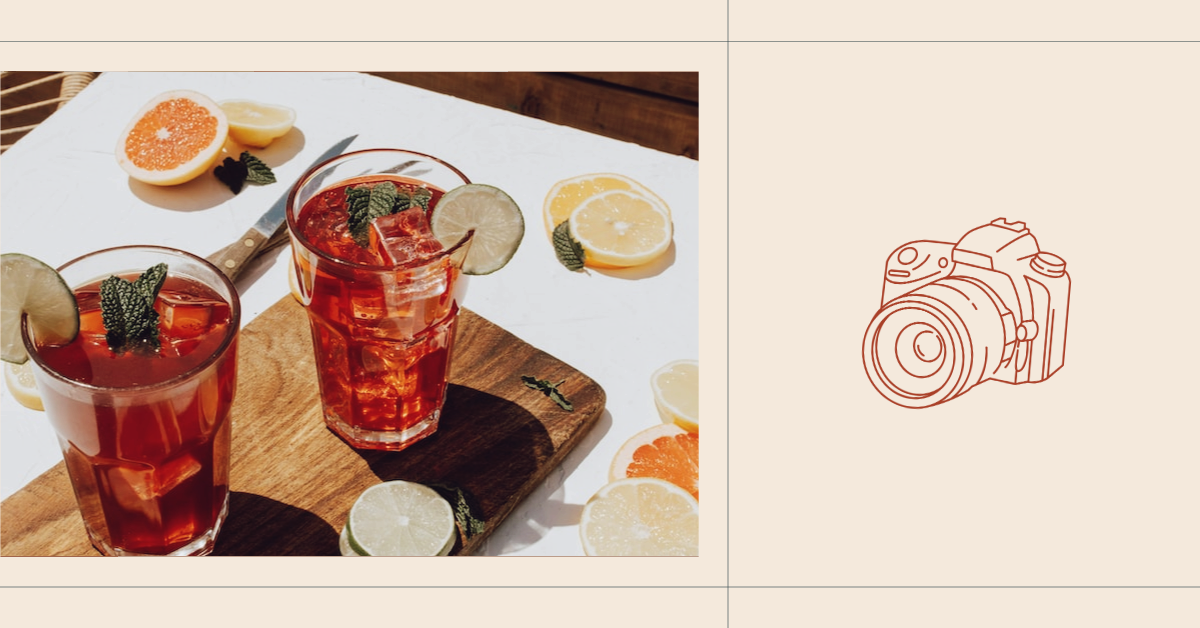
Food photography is an art form that requires more than just snapping pictures of what’s on your plate. It’s about capturing the essence of a dish and presenting it in a way that’s both visually and aesthetically appealing. Whether you’re a professional food photographer or just someone who loves taking pictures of food, there are several key elements that can make all the difference in creating stunning photos that showcase food and drink in the best light possible. In this post, we’ll explore five essential pillars of food photography.
1. Finding the Good Light
The first element to consider when photographing food is lighting. Lighting can completely transform the look and feel of a dish. It’s essential to understand the different properties of light, such as direct, indirect, harsh, soft, or even tinted, and how they can impact the way your food looks on camera. By experimenting with lighting, you can create mood and atmosphere in your photos and shape the emotional response your viewers experience.
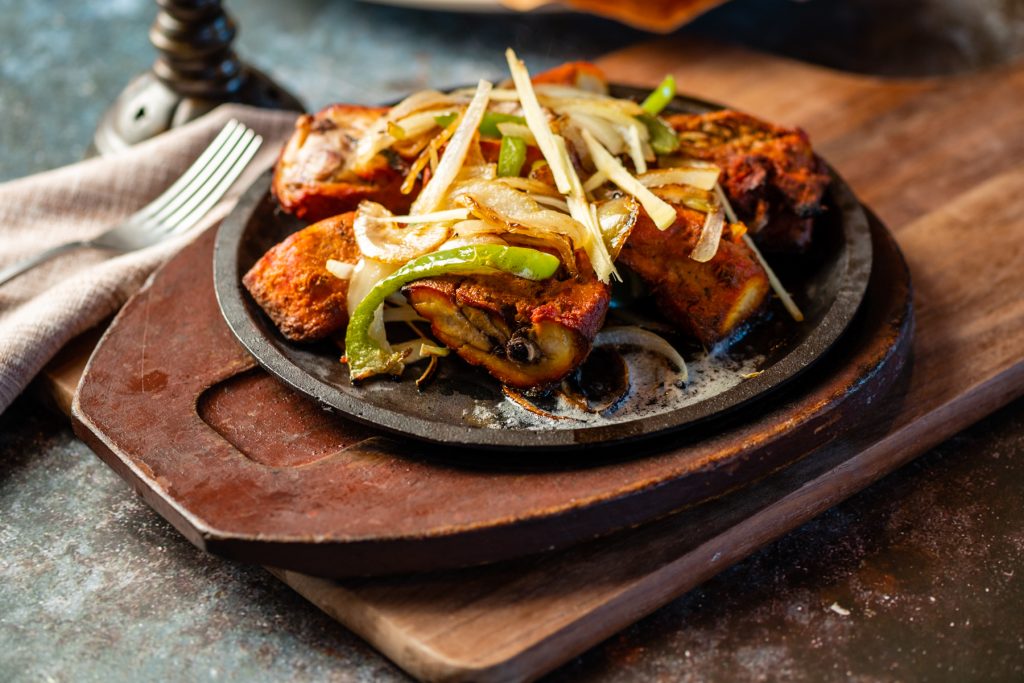
2. Framing the Shot
How you set up your shot and the angle you choose can really make or break your food photos. It’s all about trying out different ways of framing your dishes and shooting from various angles to capture the true essence and texture of your culinary creations. Think of it as a delicious puzzle, where finding the perfect combination of composition and angles is the key to making your food look absolutely mouthwatering on camera.
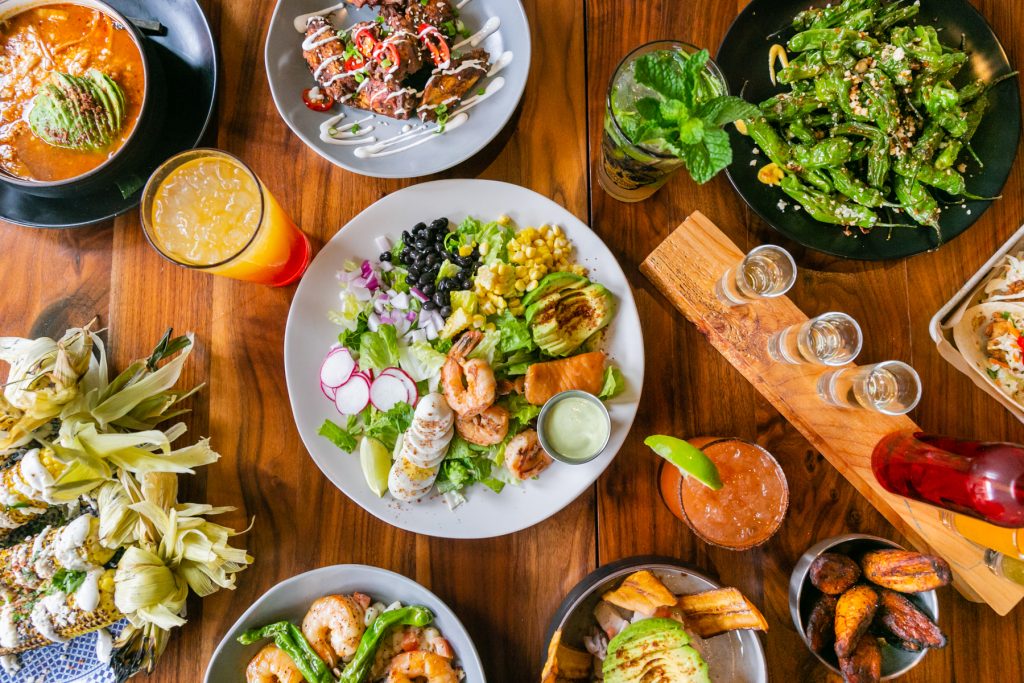
3. Prop Up Your Game
The way you style your food and the props you use can make a huge difference in the overall aesthetic of your photos. Consider color, texture, and shape when selecting your props and arranging your food. By paying attention to the smallest details, you can elevate the quality of your photos and create a unique look that sets your food photography apart.
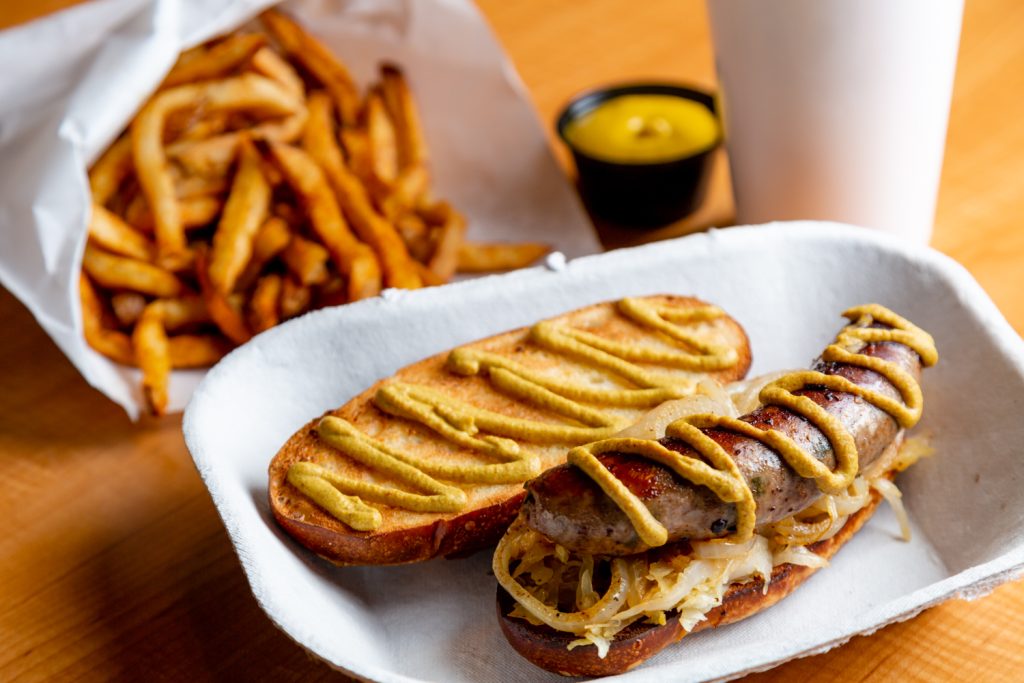
4. Incorporate a Human Element
While technical aspects like lighting, composition, and styling are crucial in food photography, infusing a human element brings a deeper connection and engagement to your shots. It transports viewers into the dining experience, making them feel like they’re right there. Whether you’re capturing chefs at work, diners savoring a meal, or the tactile details of hands interacting with food, this approach adds relatability, evoking genuine emotions and making your food photography more immersive and memorable. While mastering the technical side is essential, integrating the human element is the secret sauce to creating photos that truly resonate with your audience.

5. Telling a Story
Beyond the technical aspects, storytelling takes center stage in food photography. Your images should do more than just look good; they should weave a tale that communicates the emotions and passion infused into your dishes. By constructing a narrative and capturing the very soul of your food, your photos transcend mere visual appeal, becoming emotionally immersive experiences.
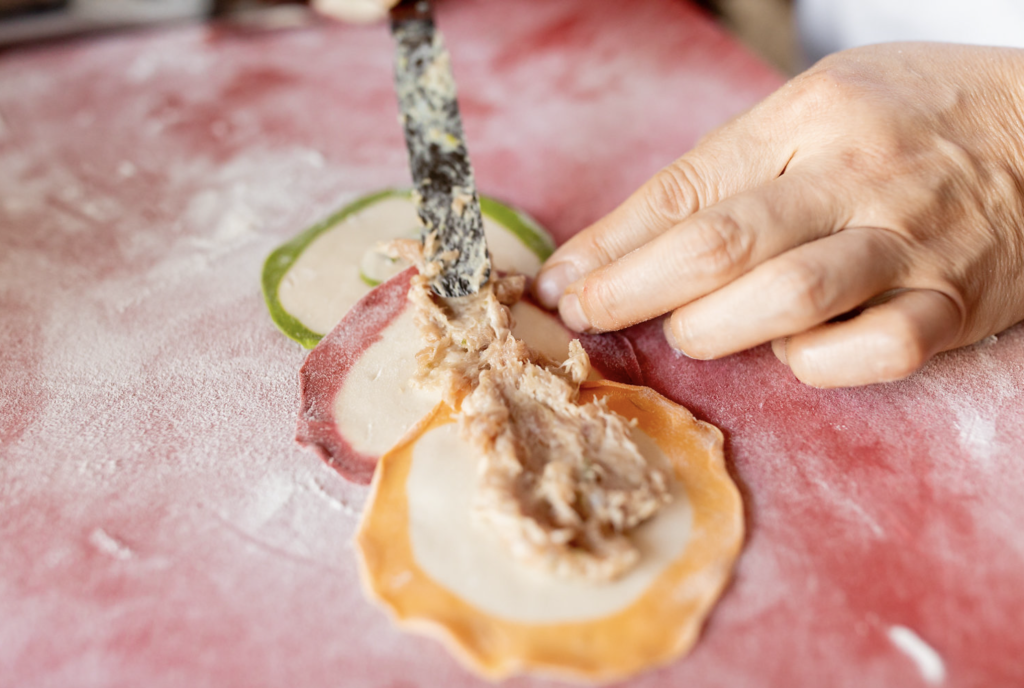
Additional Resources to Elevate Your Food Photography
Tags: